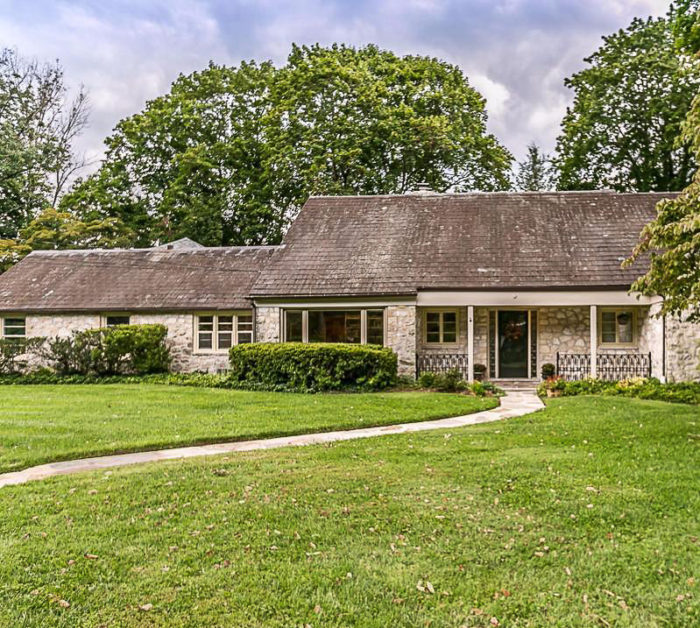
Image Credit: Emerson W
Emerson W has acquired his first free-standing home, a Cape built in Maryland in 1952, and in no time he’s compiled a long list of upgrades the house will need — everything from a new heating system to dealing with vented, unconditioned crawl spaces.
In a lengthy post in the Q&A Forum, Emerson lays out the details of current conditions and a tentative plan for making the house more energy-efficient and more comfortable. His post covers a half-dozen major areas of concern. That’s too many for a single Spotlight, so we’ll look at just a couple — how to approach insulation for a a slate roof, and what to do about a 24-year-old oil-burning furnace.
First, the roof. Emerson has apparently spoken with a roofing contractor who believes the slate roof at the front of the house might need replacement in eight years. At that time, Emerson could add rigid foam insulation on top of the existing roof deck, but replacement isn’t in the cards now. On the rear of the house, also roofed in slate, external foam doesn’t look like an option. For those reasons, Emerson thinks an insulate-from-within strategy might be best.
Then there’s the HVAC system. The 4,400-square-foot house is heated with a 24-year-old oil burner with a two-zone central air conditioning system.
“I was leaning toward geothermal,” Emerson writes, “contingent on the 30% tax credit returning, but having read GBA on this topic, I am now thoroughly confused. The house layout would be great for minisplits — it looks like a rancher with a partial second floor. Question: What is current thinking on geothermal vs. ductless minisplits?”
Despite the lack of upgrades, the Climate Zone 4 house sits on a “great piece of property” and seems to have loads of…
Weekly Newsletter
Get building science and energy efficiency advice, plus special offers, in your inbox.

This article is only available to GBA Prime Members
Sign up for a free trial and get instant access to this article as well as GBA’s complete library of premium articles and construction details.
Start Free TrialAlready a member? Log in











3 Comments
Steel nails
I agree with Brian Knowles, who noted that "most of our slate roofs in Brattleboro usually go bad because of the old steel fasteners."
When I worked as a roofer for the Thornton Roofing Company in Massachusetts in the early 1970s, I worked alongside an old roofer on many slate repair jobs. We only used 100% copper nails.
ducted mini vs. standard ASHP
As far as efficiency is concerned, how do ducted minisplit sytems compare to standard air source heat pumps? Can a ducted minisplit use the duct system of an existing standard ducted forced air system? Dorsett gave numbers for GSHPs and mini splits, but what are the best efficiency ratings one can expect from a standard air source heat pump?
Also, I agree that the best duct is no duct at all. I currently have baseboard heat, and because of allergen sensitivities, really like not having dust blown around though my NOT at all airtight house during the heating season. And, yes, I realize that air sealing would lower the dust in the air.
Thanks to GBA
Glad this became a spotlight - hopefully others can benefit from our many questions and learning curve. Martin, Dana, Malcolm, and others - thank you. Your expertise is evident and appreciated. I'll post updates as we move ahead.
Log in or become a member to post a comment.
Sign up Log in